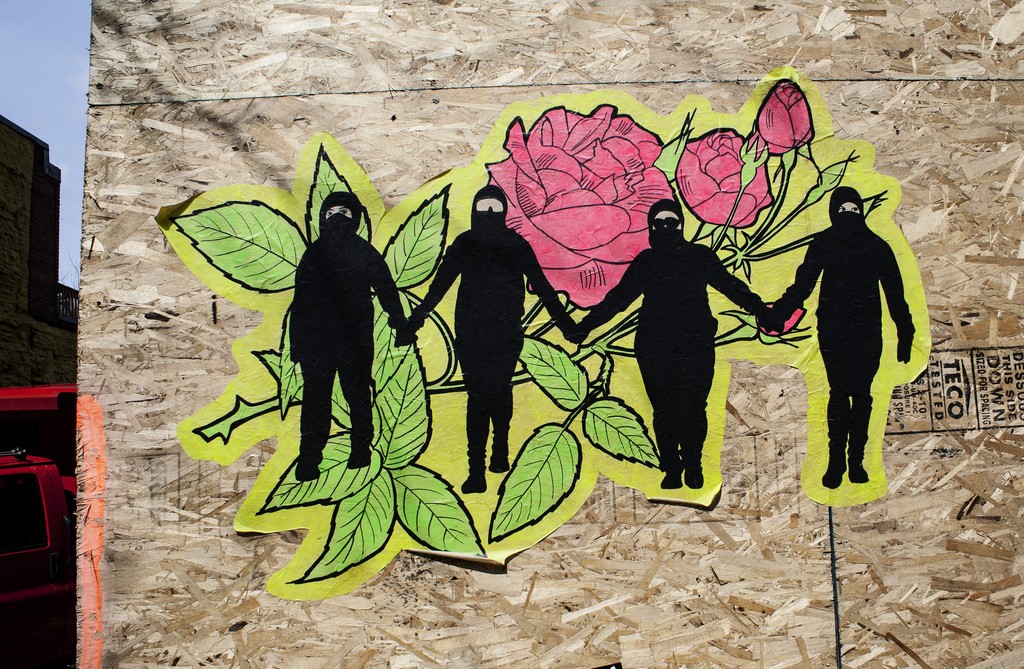Filed under: Anarchist Movement, Bloc Party, Featured, Interviews, Repression
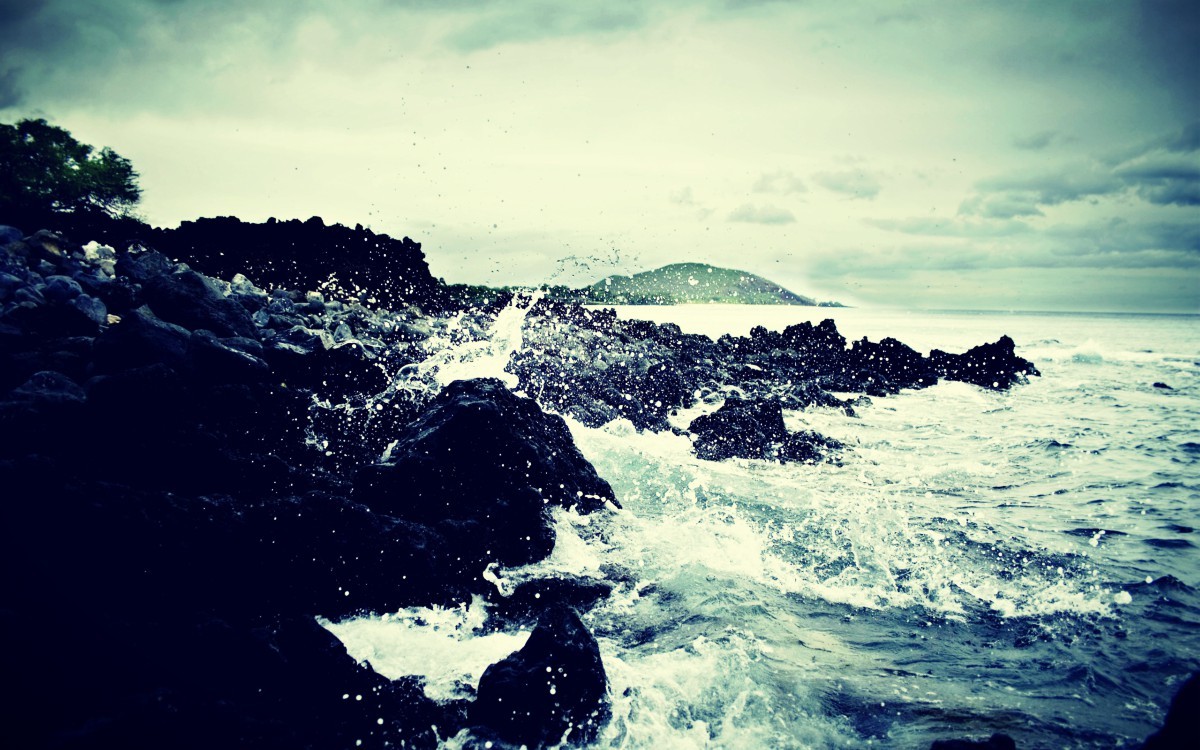
When we started writing this column almost two years ago, we wanted the focus of it to be on repression, prisons, and prisoner support. In our experience, those areas of organizing so often have crossover. Those who are drawn to anti-repression organizing are often the same ones hosting the local prisoner letter writing night, throwing down on jail support or fundraising for prisoners. Sometimes it can feel like it’s just your crew who rolls in the streets together, crimes together and then writes letters and does legal support work together. But, we’re pretty sure that is true of a lot of crews.
We see you. We see a lot of you doing all of it. We see you taking the big risks and then holding each other through the fallout. We see you trying not to back down, trying to stay fierce. We also see how tired you are. Guess what? A lot of us are. We’re tired and this shit is exhausting. It can feel like we’re never winning and maybe we never will. It can feel soul shattering and immobilizing, all of this work we continue to take on offensively while trying to keep our defense going.
The trouble that we’ve personally run into, and we see our comrades running into in many places, is that it is a struggle to be vulnerable with each other in these moments. We want to challenge our friends on the bloc to consider what it means to be vulnerable in order to build our resiliency during moments of repression. Because our resiliency as a movement is dependent on more than great legal strategies and great fundraising skills. When it comes to facing down the worst the state and it’s henchmen have to offer, our resiliency is also dependent on our abilities to move through trauma and continue fighting at the same time.
At Another Carolina Anarchist Bookfair (ACAB) there was a workshop that touched on some of these feelings we’d been having and we’ve seen some of our fiercest friends struggling with. The workshop description was as follows:
With the continuing waves of repression, we hope to build tools that combat the fear that we carry in our bodies. We are looking for new ways to strengthen resiliency in both our social movements and ourselves to negate the embodiment of state repression. This workshop will utilize movement and dance in an exploration of self and the boundaries of fear. The goal is to reconnect the body and mind in order to facilitate a physical and emotional experience while creating collective potential and resiliency. We desire something other than talking, and we recognize this may be outside the realm many of us are comfortable or familiar with. Come prepared to move!
We’re proud to say that our friends are brave and incredible, but let’s face it, we’re all horrible at admitting that all of this is taking a toll on our spirits. So we hit up the presenters of “Kinetics: A Movement-Based Workshop Building Resiliency Against Fear and Repression,” and asked if they wanted to talk a bit more about repression, trauma and resiliency in our movements. Both presenters were a part of the Ferguson uprising among other struggles and their perspective on this topic struck a chord with us. We’re pleased to share it with all of you.
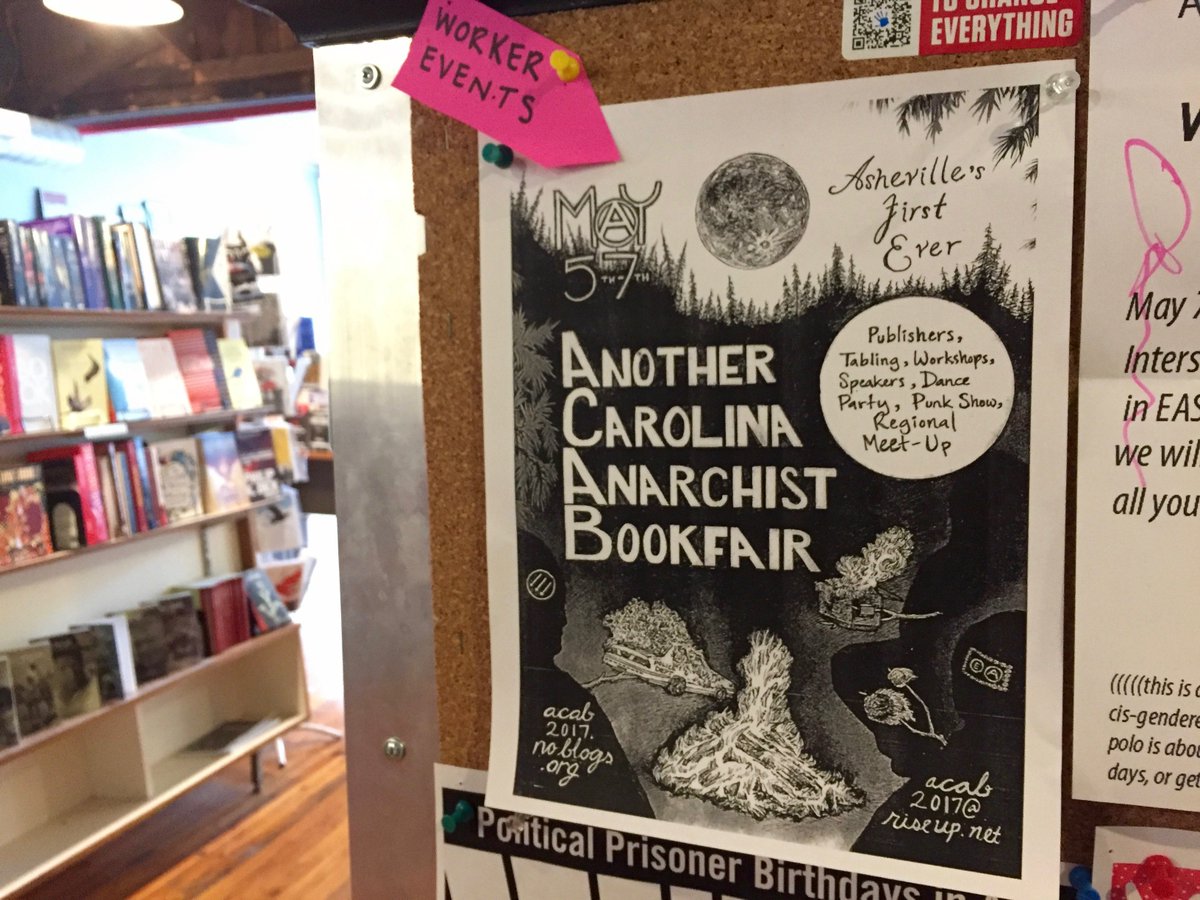
IGD: Y’all did a workshop at ACAB that was unlike anything we’ve ever seen offered at an anarchist book fair. Can you tell us a bit about what the workshop was and where the inspiration came from?
The workshop was movement based, using bodywork and dance as tools to build greater emotional capacity against the fear and distress we can incur in response to state repression. These tools are used to gain a deeper sense of what our bodies are holding and telling us. We sought to create an experience where people could practice moving through distressing sensations and emotions into more balanced ones. This can help build both new pathways in the brain and muscle memories of movement that can be accessed by the body during potentially stressful situations.
We were looking for new ways to strengthen resiliency in both our social movements and in ourselves to negate the embodiment of state repression. We have experience with both somatics and dance, which have positively impacted the ways we are able to move through challenging emotions that arise from the ways we choose to engage in society. Our inspiration came after attending a workshop in which we were able to integrate somatics with movement. The combination of the two provided a space for vivid self-awareness and deep release. We realized that these tools could be useful in the time and space we find ourselves in, where there is increased repression and subsequently, increased unprocessed stress and trauma in our communities.
IGD: We have seen both a rise in resistance and a rise in repression this last year. It’s been on a lot of our hearts, with so many friends and comrades facing charges all over the country. It can feel exhausting emotionally, obviously. But, repression also can present opportunities to build on strength as crews, friends, comrades and lovers. Do you feel like you’ve experienced that kind of building and growth from moments of repression? What did that look like?
Repression can manifest as the lines of riot cops at our demos, house raids and warrants, politically motivated charges, information gathering by the state, trials for often outsized charges, and the disruption of our movements, just to name a handful. Responding to state power has given us opportunities to test and strengthen our safety nets. These nets are one of the best aspects of this anarchist struggle, giving us chances to show true solidarity with friends and strangers alike. We’ve experienced groups of people who shared affinity come together in the face of repression to materialize levels of care and resources most often reserved for their friends.
This care has manifested in outdoor banquets and extravagant dinners, in countless banners and packages and letters, in fundraisers and jail visitations and in notes left for a friend to find on the walk back to work release. It looks like showing up at court together every day until trial is over and in fuck the world dance parties when we win. It looks like collective engagement of a healing workshop, in going back to push at the front lines together, like cleaning up together after a house raid. It looks like going to doctor’s appointments and being present through the tears and vomit. It looks like holding each other in the late nights, which are actually early mornings, when it feels like time has stopped. It looks like cooking and care schedules and conversations on walks together. It looks like standing at an intersection asking people to give money for burial costs. It looks like driving hours and hours, like people you can call at 4am who leave their ringer on just for you, like everybody staying up all night long waiting for the call from the hospital to see if your compa survived. It looks like asking one of your bests again and again if they’re okay, until they will tell you no—that they just dragged a shooting victim out of a demo, and they’re shook . . . These are all moments in which we have felt more capable and stronger together in the face of the myriad manifestations of repression.
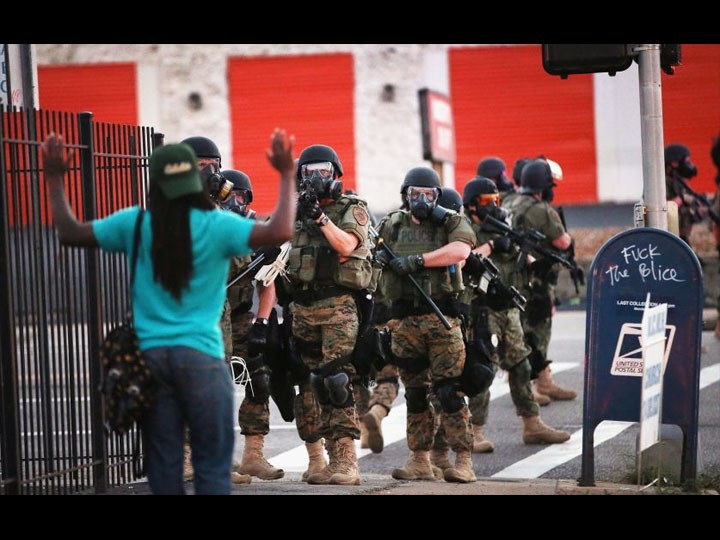
IGD: As anarchists we often focus our conversations and strategies around repression on the legal and political responses, which are absolutely necessary of course. But, there is almost a total avoidance of conversations and strategies around emotional resilience, which is such a vital aspect of resistance. What could it look like to incorporate building emotional resilience into our movements?
Getting honest about the emotional debt we can incur in these struggles is long overdue. When we do this, we have the opportunity to anticipate the emotional hardships that will come hand in hand with long term fights, just as we can anticipate state repression. We can no longer just keep resisting year after year without self-reflection as to how intense moments in the street or at demos may have impacted us. Taking stock can provide the opportunity for us to build capacity and find long-term sustainable strategies, giving us the confidence to enter into similar situations when they come around again. We can learn to accept and uphold our boundaries, knowing when it’s time to leave the demo because it’s gotten too intense or when you’re perfectly comfortable staying on the police line, for example. And similar to a diversity of tactics, we can embrace a diversity of roles where we embrace and value a vast array of work and tactics, instead of placing the highest value on street combat.
We can also hold time long, recognizing this as a fight that stretches out long before us and will continue into the future. For those of us who have been around for a long time, we know that there are inevitably quiet times when activity dies down. These lulls need their own type of emotional resilience as we cultivate patience and skills for when the tide turns again, as we recalibrate what makes sense contextually and how we want to continue engaging in order to maintain morale.
More specifically, building emotional resilience can look like seeing a counselor, hosting a collective workshop or engaging in dance or self-defense. It could mean supporting someone in taking medicine. It could look like finding language to talk about our emotional processes or normalizing conversations about mental health, such as PTSD or depression, and understanding how to validate and care for our friends who experience these things. It can look like a group of friends intentionally gathering to trace through shared experiences or holding rituals to let go of the pain and stress accumulated during conflict.
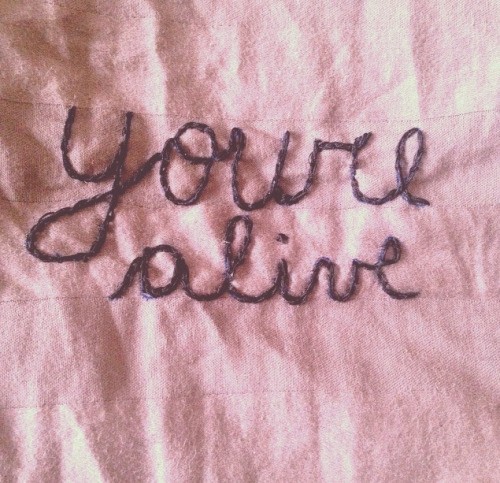
IGD: There can be a conflation of militancy and machismo that plays out in myriad ways within our movements. This conflation seems to be an inhibitor in building emotional resiliency. Do you see this play out? How can we combat this and build something healthier, more vibrant and inclusive?
These dynamics definitely play out where talking about feelings or processing the effects of dangerous situations we find ourselves in are avoided at best and looked down on at worst. Any lingering remains of this sentiment that emotional work is not a necessary and valid part of a militant struggle are detrimental to ourselves and each other. Pursuing emotional health go hand in hand with fighting. Our experiences during Ferguson – the rawness and violence of the battles – crystalized this glaring reality and have helped to create a culture that legitimizes and prioritizes our need to unravel the intensity of the things we experienced together so we can continue to fight. The challenging work can be finding the words and mediums to do so.
There is a very real warrior culture that exists within anarchism, where we’re supposed to take getting our teeth kicked in, our ribs broken, stabbed, go to jail, get shot. We wear our arrests and our injuries as badges of honor. Valor and bravery are woven into our mythology. We’ve been known to belittle feelings, often pushing our own away behind a façade of armor, in large part because we don’t have tools to deal with them. We show up to anarchy fucked up and broken, desperate to find some way to act on the pain of the world that we’ve taken into ourselves, and often filled with the pain of our own lives. We can combat this by recognizing the very real reality of what we’re living through, understanding that we engage in pretty screwed up and intense activities, sometimes with dire and grave consequences. Recognizing the necessity for us to heal both from the battles we engage in as well as from the brutality of life under capitalism can help us build healthier, more resilient movements
It is crucial to circumvent dominant narratives that can potentially limit or squash countless actors creative and imaginative ideas of engagement. We are excited for the spaces created beyond a singular image of what militancy can look like. The spread of legitimate ways for attack is wide. The more tactics we can embrace to fight back, the stronger our movements will be.

photo credit: zola_mtl
IGD: What are you personally doing to build your own resilience?
Honestly, even we could be taking better care of ourselves right now. We’re currently amidst a brutal slog in this struggle, with the need to act striking hot and fast. But there is something to be said for keeping in touch with the joy of why we started fighting back in the first place, of making sure we still do things we love, of bringing curiosity to the ways in which we choose to engage.
Personally, it looks like trying to care for our basic needs. Sleeping and eating enough can often be the first things to go out the window. It can be hard to stop, and yet we try to make time to let things settle and integrate, allowing our brains catch up with our bodies and experiences. Letting ourselves cry when we need to cry. Writing, reflecting and talking about what we are engaged in, about what feels challenging, disappointing or heartbreaking. Feelings help us know what to do next, and so we try to be aware and move through feelings so that we feel lighter and more capable, not continually carrying around the stress we’ve incurred. Somatics and dancing especially help us build resiliency. And honestly, one way that helps build resiliency is to continue fighting back, to remain in this struggle while at the same time holding space to work through the harder moments. Most times when we take a break or skip seemingly smaller moments in the street, we wish we had just kept engaging. We try to know and understand our limits, but also feel most alive when we are able to keep acting.
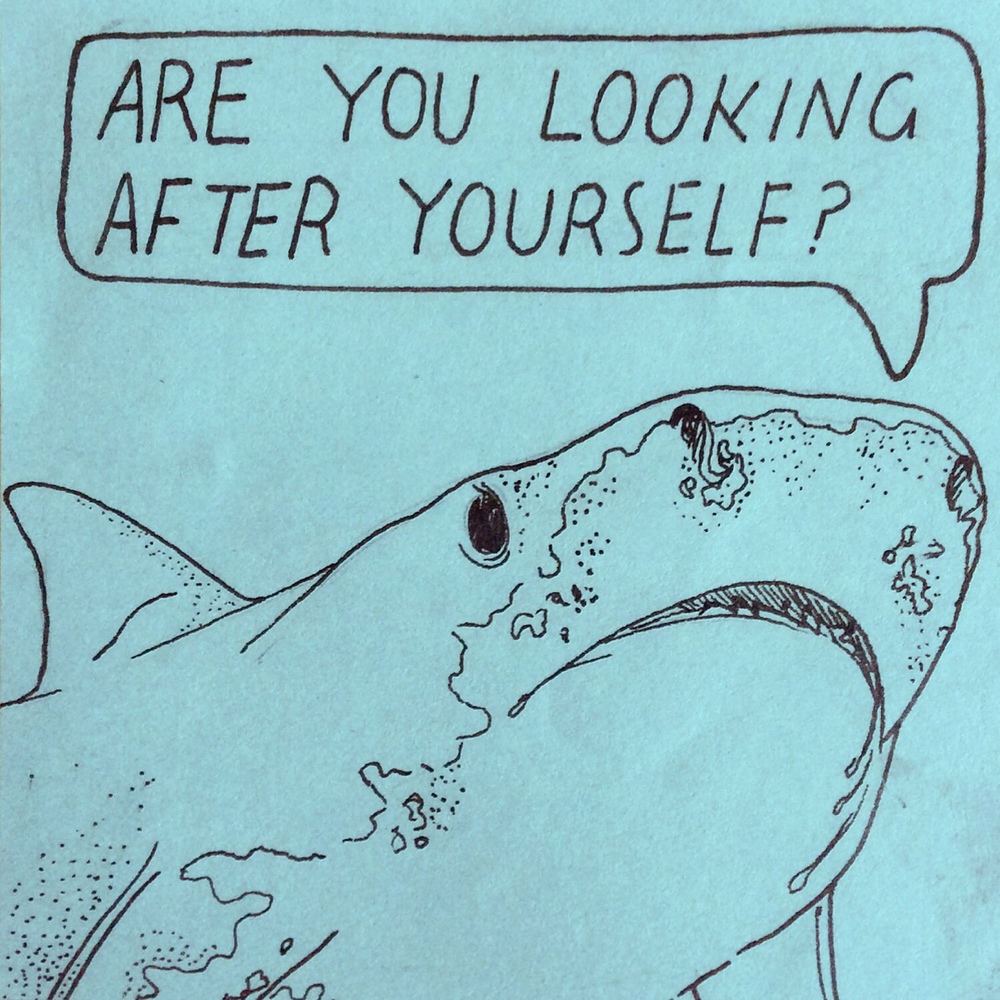
IGD: What things are inspiring you around responses to repression?
Watching people around us really dig in where no one else will, fighting back against racists and cops. Hearing people imagine all the ways to fight white supremacists. Seeing people show up at ICE raids or when someone is shot by the police. Banding together to get people out of jail or home from the hospital. Going to court again and again, still nearly three years after the Ferguson rebellion, to support rebel prisoners both at trial and sentencing. Taking care of each other in the streets and in the aftermath. Watching people band together to fight the J20 charges and the charges incurred by folks at Standing Rock. Continuing to build a wall of silence to keep us all safe. The struggles we’re in now are so inspiring –where we’re not backing down and we’re continually asking questions of what makes sense in the moment. Together we are strong and experienced enough to weather this storm.
IGD: Thank you so much for talking with us! We’re hoping we can all bring that same fierceness that walks into the streets to caring for ourselves and one another.


